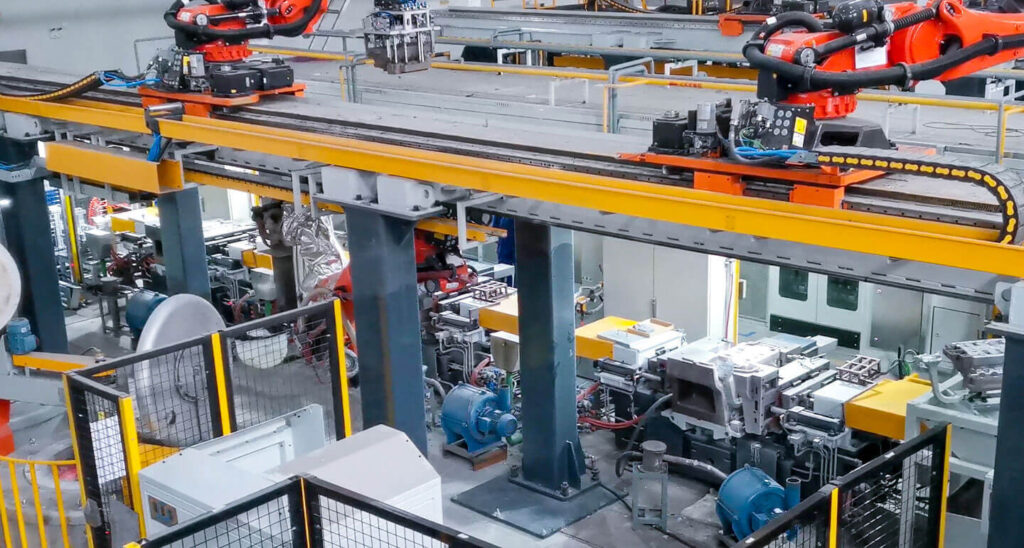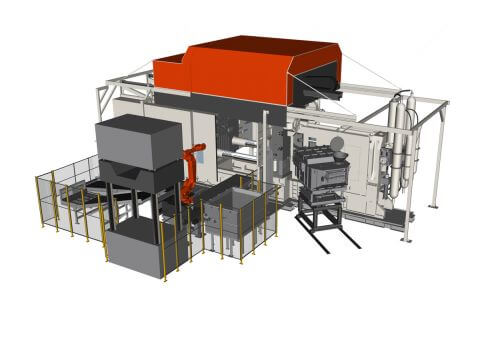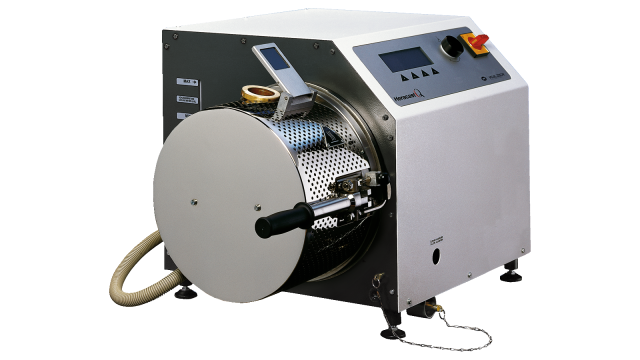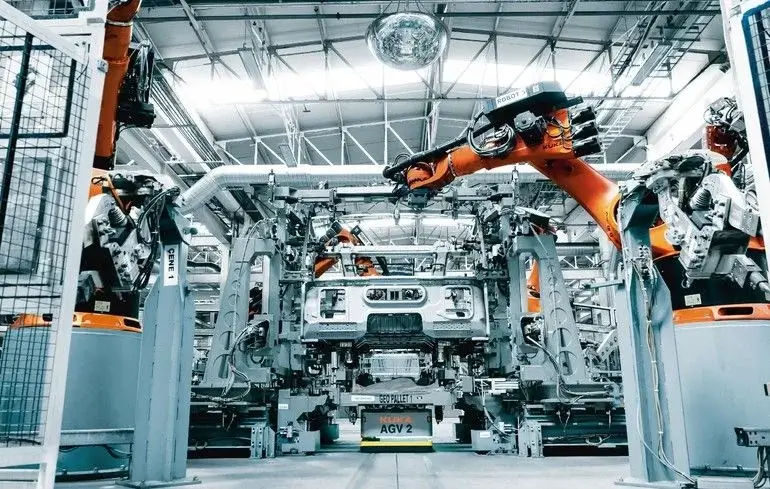advantages of automated casting equipment
Casting equipment plays a vital role in the manufacturing industry, allowing the manufacture of complex parts. Over the years, technological advancements have brought automation to casting equipment, revolutionizing the manufacturing process. Turned parts manufacturers and turned parts suppliers have also changed with it.
In this article, we will explore the benefits of automated casting equipment and how it is changing the industry and why it is so popular among turned parts manufacturers and turned parts suppliers.

1.Improve Efficiency
Because traditional casting methods often require manual labor, which is time-consuming and prone to errors, it causes more waste for turned parts manufacturers and turned parts suppliers. Because traditional casting methods often require manual labor, which is time-consuming and prone to errors.
Through automation, not only can the entire casting process be streamlined, but the time and energy required can also be reduced. At the same time, automated equipment can also accurately and consistently perform tasks such as mold preparation, pouring and cooling, thereby increasing productivity and improving overall efficiency.
2.Improve Precision and Quality Control
Manual casting methods are prone to human error, resulting in inconsistent end products. On the other hand, automated equipment ensures that pouring is accurately measured and controlled to produce parts that meet strict quality standards. This level of precision is particularly important in industries such as aerospace and automotive, where even the slightest deviation can have serious consequences.

3.Provides Greater Flexibility
Traditional casting methods often have limitations when it comes to creating complex shapes or intricate details. Through automation, manufacturers can leverage computer-aided design (CAD) software to create complex molds that can be accurately replicated. This opens up a world of possibilities for designers, allowing them to create parts that were previously considered impossible or too expensive to produce.
4.Automated Casting Equipment Improves Worker Safety
Manual casting processes can be dangerous, involving handling molten metal and exposure to high temperatures. By automating these processes, workers are removed from potentially hazardous situations, reducing the risk of accidents and injuries. This not only protects the well-being of employees, but also minimizes liability for manufacturers.

5.Summary
Automated casting equipment can save costs in the long run. While the initial investment in automation can be significant, the benefits will outweigh the costs over time. Automated equipment can run continuously, reducing downtime and maximizing production output.
In addition, the accuracy and consistency of automated processes can reduce defective parts, minimize waste and rework. These factors contribute to overall cost savings and improve manufacturers’ profitability.
